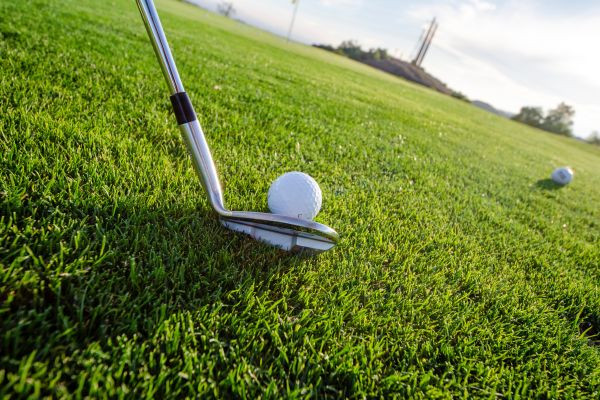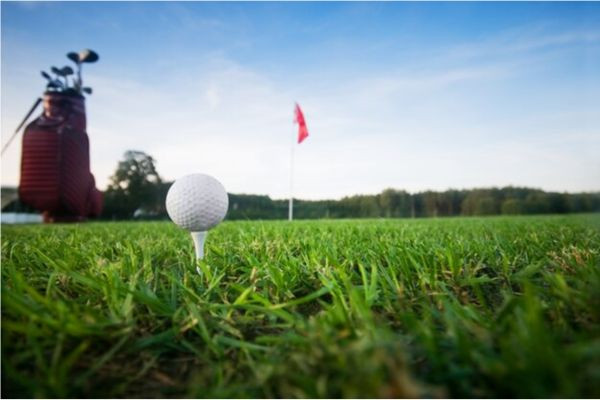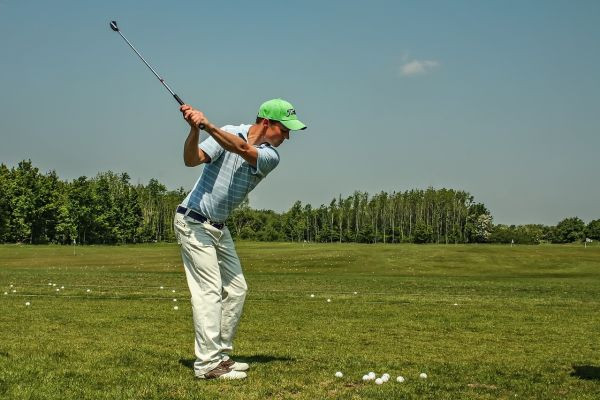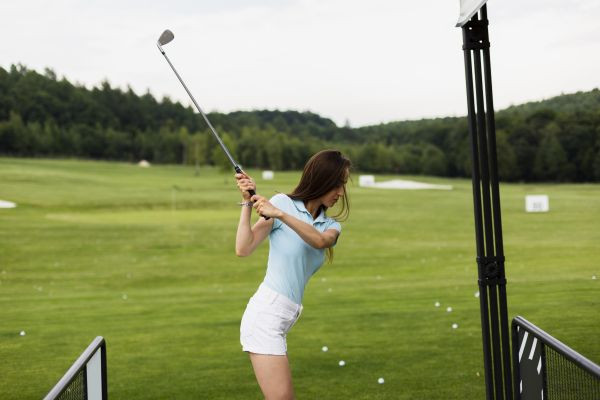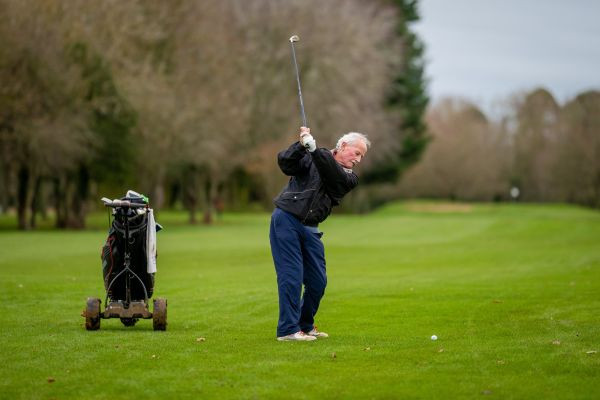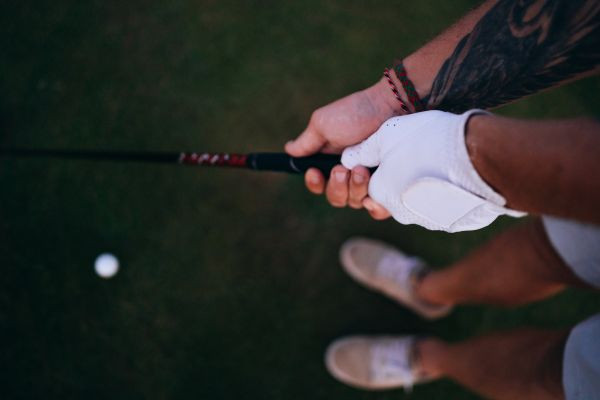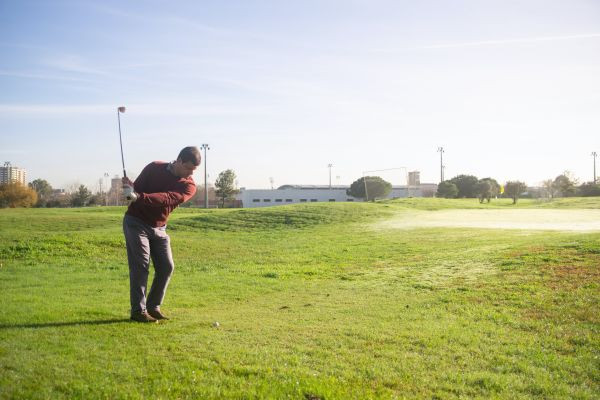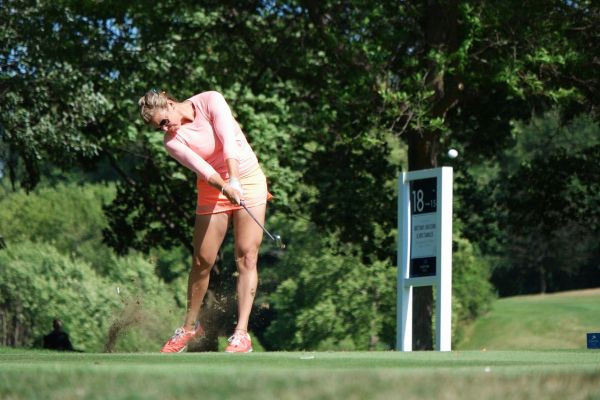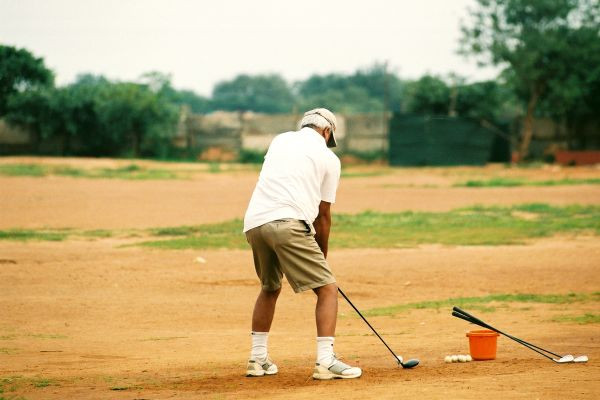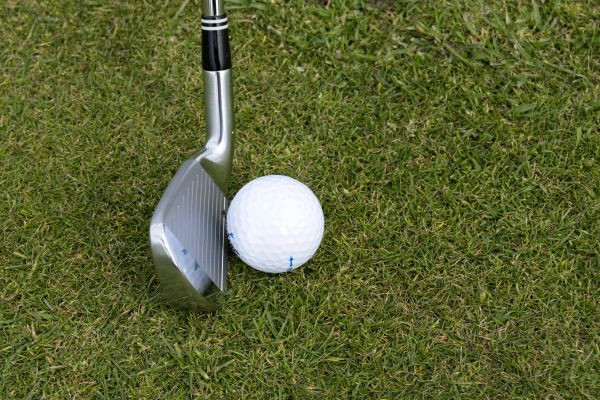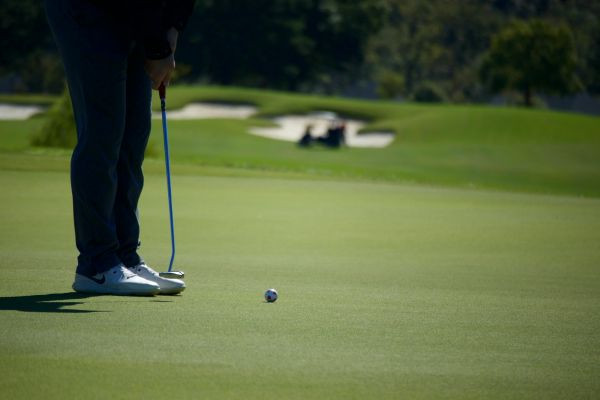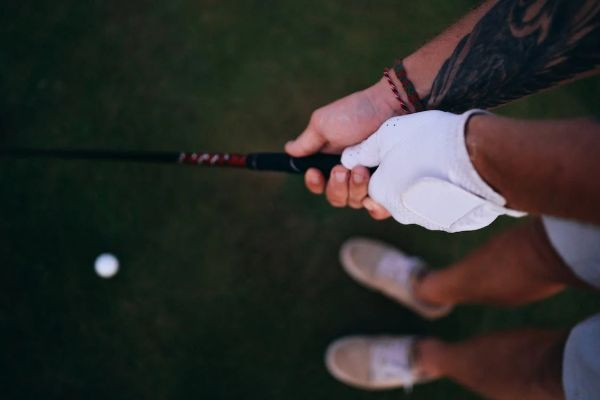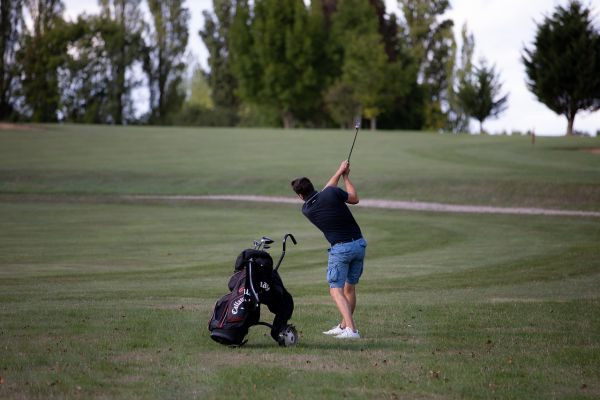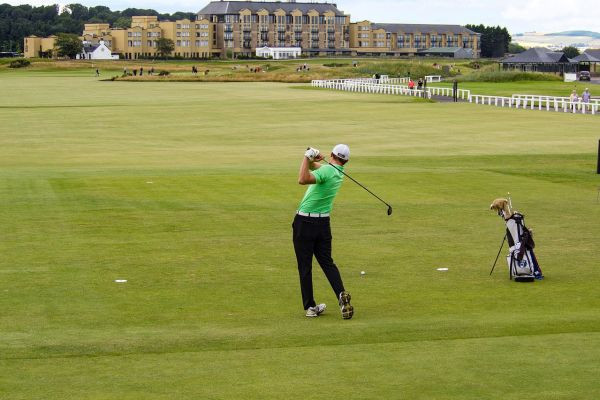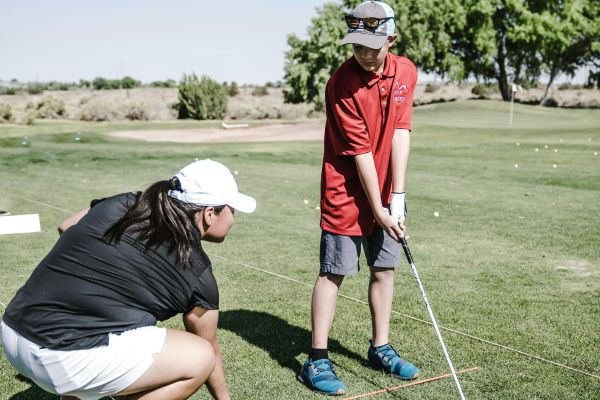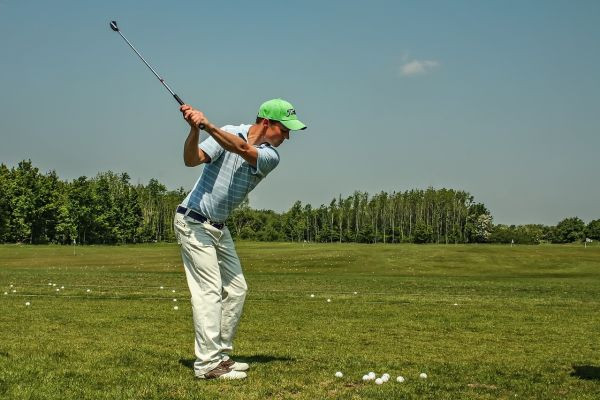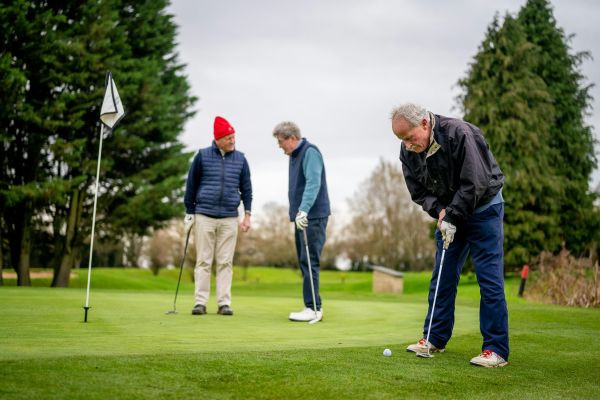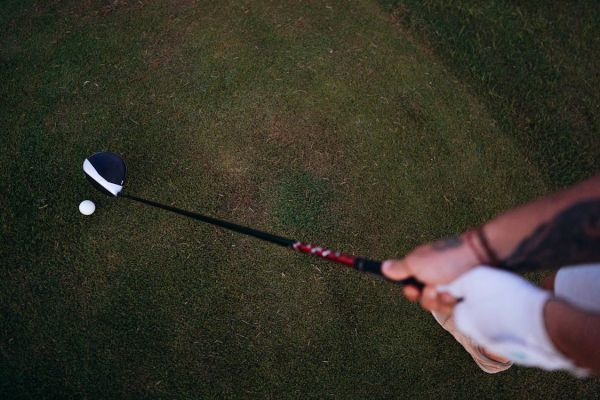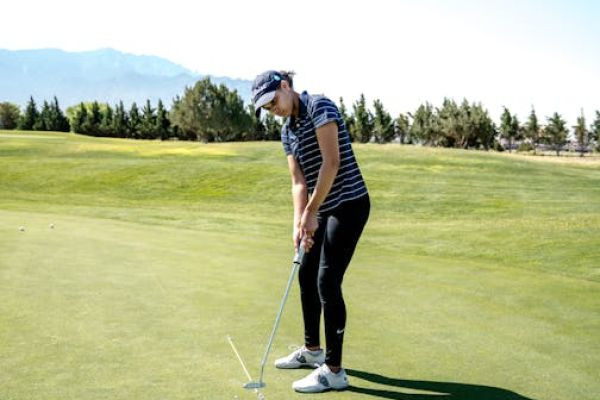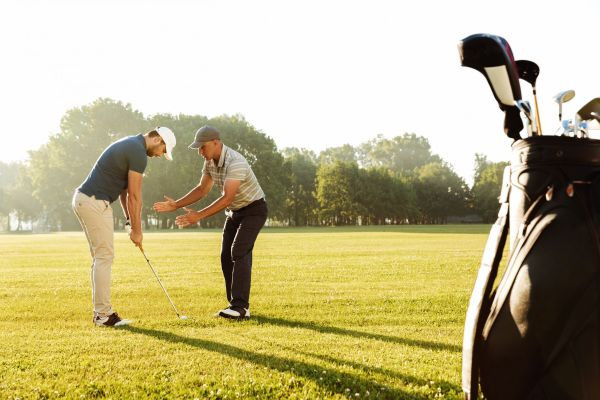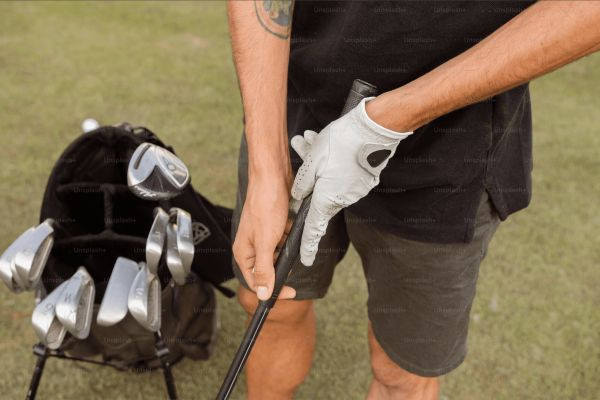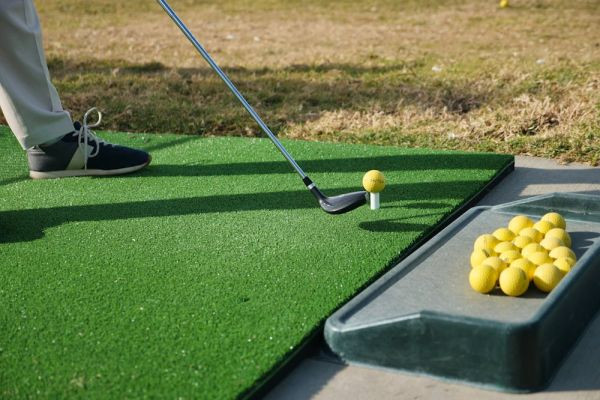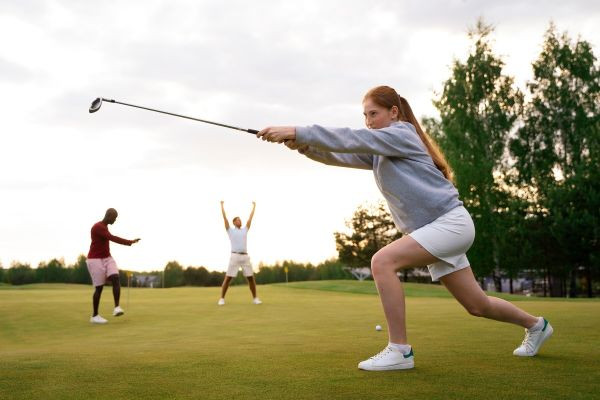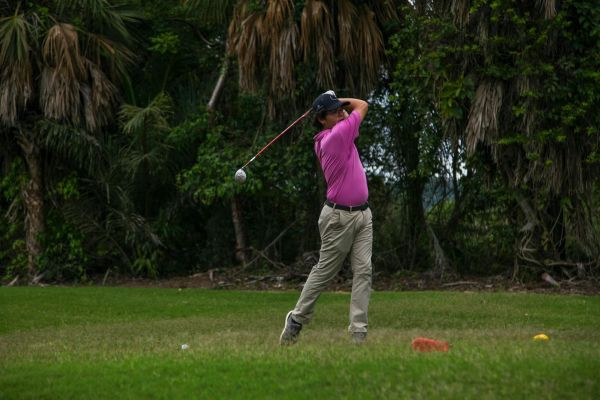How to Stop Hitting Behind the Golf Ball
Have you ever found yourself perfecting your stance, focusing intently on the ball, only to hit the ground first, leaving the ball to pitifully dribble along the fairway? You're not alone. Hitting beh..
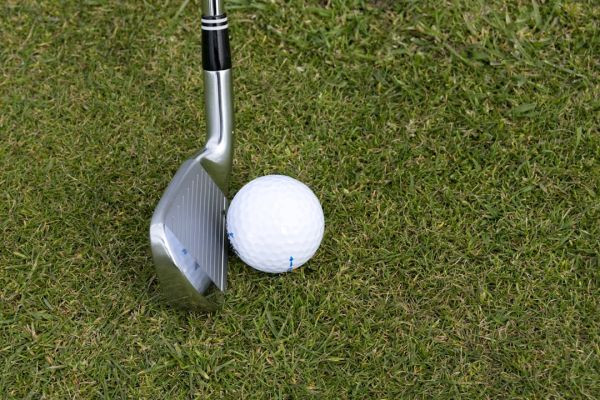
Have you ever found yourself perfecting your stance, focusing intently on the ball, only to hit the ground first, leaving the ball to pitifully dribble along the fairway? You're not alone. Hitting behind the golf ball is a common frustration among golfers at all levels. But why does this happen and more importantly, how can you correct it? Let's dive into the mechanics of a solid golf swing and explore effective strategies to ensure you hit the ball cleanly, every time.
Understanding the Problem
Why It Happens
If you constantly struggle with hitting behind the golf ball it could indicate that certain aspects of your swing mechanics require some attention. Let's take a look at the factors:
Improper Weight Transfer: One of the issues is an improper transfer of weight which can greatly impact where your club makes contact with the ground. Ideally your weight should move from your back foot to your front foot as you swing through the ball. Failing to shift your weight correctly often leads to the club bottoming out before hitting the ball resulting in those chunk shots.
Incorrect Swing Path: The path your club follows during your swing can also contribute to hitting behind the ball. If your swing path is too inside out or outside in you may end up either digging into the ground or skimming across it, missing that clean strike.
Faulty Ball Positioning: The placement of the ball in relation to your stance significantly affects how well you make contact. If it's too far forward you risk topping or catching it on an upward trajectory; if it's too far back chances are you'll hit the ground before striking it cleanly. It's crucial to find that spot to ensure your club connects with the ball at the right moment during your swing.
The Impact on Your Game
Hitting behind the ball does not only steal away your distance and accuracy but also shakes the core of your confidence on the golf course. Golf is a game that involves both physical aspects and consistent off center hits can plant seeds of doubt, frustration and even reluctance to continue playing. This could trigger a cycle of anxiety and subpar performance ultimately affecting your game.
Loss of distance is a repercussion well. Failing to strike the ball cleanly means you can't fully transfer the power of your swing resulting in shots. This not puts you at a disadvantage on holes but also impacts your game plan requiring more shots to reach the green.
Moreover accuracy takes a hit too. Inconsistent contact results in loss of command, over the direction and trajectory of the ball. This may lead to time spent in hazards or rough areas leading to scores and diminishing enjoyment of the sport.
Techniques to Correct Your Swing
Weight Shift Mastery
Mastering the skill of shifting your weight from back to front during your swing is essential for making contact with the ball. When done correctly this movement ensures that the lowest point of your swing arc happens in front of the ball preventing those mishits.
Shifting your weight isn't about moving your body mass; it's about generating power, stability and accuracy in your swing. It involves engaging all parts of your body in a motion that helps propel the club through impact with efficiency and control.
A great practice drill to refine your weight transfer is the step in drill. Here's how you can do it:
- Start with your feet close together and hold the club in your stance.
- As you begin your downswing take a step with your foot towards the target.
- Complete your swing while focusing on transferring your weight from your back foot to front foot as you make contact with the ball.
This drill promotes an athletic swing by teaching you the proper timing, for shifting weight effectively. By practicing you can enhance your swing to achieve contact, with the ball resulting in more powerful and accurate shots.
Swing Direction and Shape
In terms of the direction and shape of your swing many golfers are encouraged to swing the club low and inside during the backswing to increase speed. However this approach may lead to an inside out swing path causing the club to hit the ground before making contact with the ball. While this technique may boost speed it can compromise accuracy and consistency.
To address this issue of swinging inside, focus on adopting a more vertical swing path. This means raising your lead arm back during the backswing, which naturally positions the club for a steeper descent onto the ball. This adjustment simplifies your swing, reduces the likelihood of mis hits and enhances the quality of your strikes.
Perfecting Your Ball Position
When it comes to positioning the ball for iron shots, placing it forward or center in your stance is recommended. This positioning allows for contact between club and ball when descending through the swing motion resulting in a better trajectory. A straightforward yet powerful technique to enhance ball impact is crucial, for both distance and precision with your iron shots.
For placement of the ball the step approach proves effective. Here's a breakdown of how its done:
- Start by standing with your feet close, positioning the ball directly in between.
- Take a step forward with your leading foot (the one closer to your target) around 5-6 inches.
- Follow this by stepping back with your trail foot. This ensures an optimal stance width. Situates the ball ahead of the center position.
Advanced Tips for Consistent Ball-Turf Contact
A well executed swing is key to achieving effective contact with the golf ball. To refine your swing it's important to include workouts that focus on enhancing flexibility and building strength. Engaging in activities like yoga or dynamic stretches can boost your range of motion enabling a backswing and follow through.
Strength training, especially targeting your core, legs and back muscles can amplify the power behind your swing without relying on arm strength. This comprehensive fitness approach not only improves your swing technique but also minimizes the risk of injuries allowing you to enjoy playing golf for years to come.
While mastering technique and physical conditioning is crucial, having the right equipment is equally vital for achieving ball turf connection. Using clubs that match your swing style and physical attributes is essential as mismatched gear can impact performance negatively. Factors like shaft flexibility and length, clubhead design and grip size can have an influence on the outcome of your swings.
Investing time with a golfer, for a thorough club fitting session is definitely worthwhile. Ensuring that your golf clubs match your swing is key to enhancing your performance on the course by promoting contact and overall improvement.
Practice Makes Perfect
Drills and Exercises
Engaging in drills and exercises is essential for embedding techniques into muscle memory. One effective drill involves the "punching" technique, which aims to create a pressure sensation on the ball upon impact. To practice this drill:
- Start in your stance. Envision punching the ground at the ball's location.
- During a controlled swing focus on utilizing your body particularly activating the body to generate force through the ball into the ground.
- Practice this drill with swings emphasizing the feeling of compressing the ball against the turf.
This drill not only helps achieve ball turf contact but also contributes to developing a stronger and more controlled swing.
Mental Game and Visualization
The mental aspect of golf is often overlooked. Can significantly enhance your performance. Before each shot take a moment to visualize the swing path and anticipated ball trajectory. Envision achieving contact and seeing the ball land where you intend.
Engaging in practice prepares your mind and body to carry out the shot as envisioned. Moreover, maintaining an attitude and utilizing visualization methods can assist in handling stress and nervousness during the game resulting in improved concentration and performance.
Real-Life Success Stories
The path to enhancing one's golf game may seem like a journey. Drawing inspiration from others who have succeeded can be truly motivating. Ians experience is one example. Initially struggling with a 10 handicap and facing inconsistency in his shots Ian had a moment when he realized the importance of adjusting his weight transfer and swing direction. By focusing on enhancing his weight shift technique and adopting a swing path Ian not only enhanced his ball striking but also significantly lowered his handicap.
Another heartening story revolves around Emma, a golfer who grappled with hitting behind the ball resulting in scores and dampened spirits. After incorporating strength building exercises into her routine along with practice drills like the step in drill and punching drill Emma witnessed an enhancement in the consistency and power of her swing.
Keeping Track of Your Progress
It's essential to monitor your progress while implementing techniques and strategies in your golf game. Here are some effective ways to keep track:
Consistency in Contact: Make sure you're consistently hitting the ball before it touches the ground. This indicates improvements in your timing and weight transfer.
Divot Analysis: Observe the quality and position of your divots during practice and games. If your divots start ahead of the ball it shows that you're achieving contact and proper weight transfer.
Distance and Accuracy Monitoring: Take note of any changes in the distance and accuracy of your shots. Enhancements in these aspects suggest swing mechanics and cleaner ball contact.
Journaling: Maintain a golf journal to record your observations, feelings and playing conditions. This can offer insights into your progress and areas that require focus.
Feedback from a Professional: Regular sessions, with a golf coach or occasional lessons can provide insight into your progress helping you refine your technique further.
Conclusion
Many golfers face the common issue of struggling to strike the golf ball back toward the target; however, it is possible to overcome this problem. By dedicating time and resources to studying the issue and practicing techniques, golfers can surmount this obstacle and progress further. It is important to remember that achieving proficiency in golf takes time and discipline. Golfers should recognize that their rate of skill improvement is predicated upon their dedication to the game. Nevertheless, have faith in yourself as well as the journey toward mastery.
Frequently Asked Questions (FAQs)
Why do I keep hitting behind the golf ball?
If you are hitting behind the ball it means you are hitting the ground first and then making contact with the ball. This problem could be caused by an improper weight distribution, improper swing path or wrong ball placement during your swing.
How can I improve my weight transfer in golf?
Improving weight distribution can be accomplished through drills that emphasize stepping into your swing. When a player steps into his or her swing, it mimics how a players who has good weight transfer puts his or her weight from the back foot to his or her front foot. In step drills, players use a tee or draw a line or use a shirt or towel, speed stick or anything to help impact the point of the weight transfer to help to transfer pressure from your back foot to your front foot.
What does a vertical swing mean and how can it help?
A vertical swing involves raising your leading arm during the backswing instead of moving it around your body. Making this change can result in a more effective swing decreasing the chances of hitting the ball too far back and enhancing your overall connection.
Where should the ball be positioned for iron shots?
The ball for iron shots should be positioned slightly forward of center in your stance. This setup will help you come through the ball at impact with a divot ahead of the golf ball and give you improved command and contact over the ball's flight.



